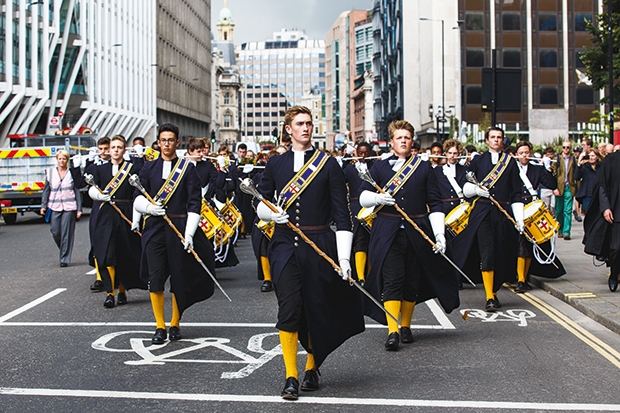Sir William Borlase
Parents fight tooth and claw to make sure that their house is in the right catchment area to get into Buckinghamshire’s excellent state schools. Many of the former grammar schools — including this one, RGS High Wycombe and Wycombe High School — are now Academies, but they are no less popular or successful. This co-educational grammar is based in the leafy town of Marlow only yards from the Thames. It has its own boat club and school rowing teams regularly win national championships and compete at Henley Regatta. The academic results are superb, too: 82 per cent of last year’s A-level results were B or higher, with 75 per cent A*s or A at GCSE and a 100% A*-C pass rate.
Bruern Abbey
Schools for little boys all seem to offer rugby, Latin, matrons and tea-time toast. Bruern, however, has a very specific USP: it is the only prep school in the country whose specific purpose is to help boys with learning difficulties, including dyslexia and dyspraxia, to make the transition to mainstream secondary schools. The top two years focus solely on the Common Entrance syllabus, while the junior school (eight to 11) has a skills-based curriculum to get literacy and numeracy skills up to scratch, with twice as many maths and English classes than a standard prep school. Laptop computers are used in most lessons and class sizes are deliberately small. Although the CE exams are the main focus, the school also has 30 acres of grounds in Bicester, Oxfordshire, with fly-fishing, gardening and other activities, as well as its own manor house in France.
Christ’s Hospital School
It was founded in 1552, and has a unique uniform that includes a full-length blue coat and knee breeches. But Christs Hospital, located in 1,200 acres of grounds in Horsham, West Sussex, is not like other ancient schools. It was first established in the City of London for the orphaned children of poor city–dwellers. Over 464 years it has changed in many other ways, but it still focuses on children who might not otherwise get the opportunity to attend an independent school. Fees are means-tested, and a child’s potential to benefit from a Christ’s education is a major factor in whether or not they get a place. But though the vast majority of pupils have some kind of bursary, the facilities are excellent. The school has its own railway station, a marching band that parades everyone into lunch and performs annually at the Lord Mayor’s Show, a huge music department, and tons of sporting activities.
Notre Dame High School, Glasgow
In the 1840s, six nuns from the Sisters of Notre Dame in Namur went to England and started a school in Penryn, Cornwall. Their basic premise was to have a free school funded by a fee-paying day or boarding school which operated separately but alongside. As the first one grew in popularity, the nuns spread the concept to other parts of Britain, and even today the sister schools still work closely with one another. Glasgow’s Notre Dame High School was the second-best performing school in the city last year, with 63 per cent of pupils achieving three or more Highers, and 46 per cent getting five or more. An all-girls comprehensive located in the Dowanhill area in Glasgow’s West End, it remains very much a Catholic school in ethos, but it does accept pupils of different faiths.






Comments